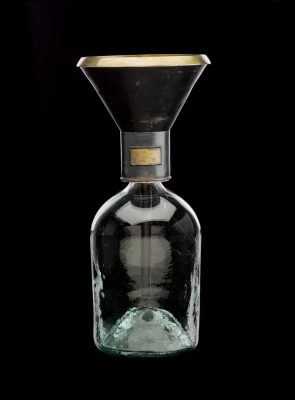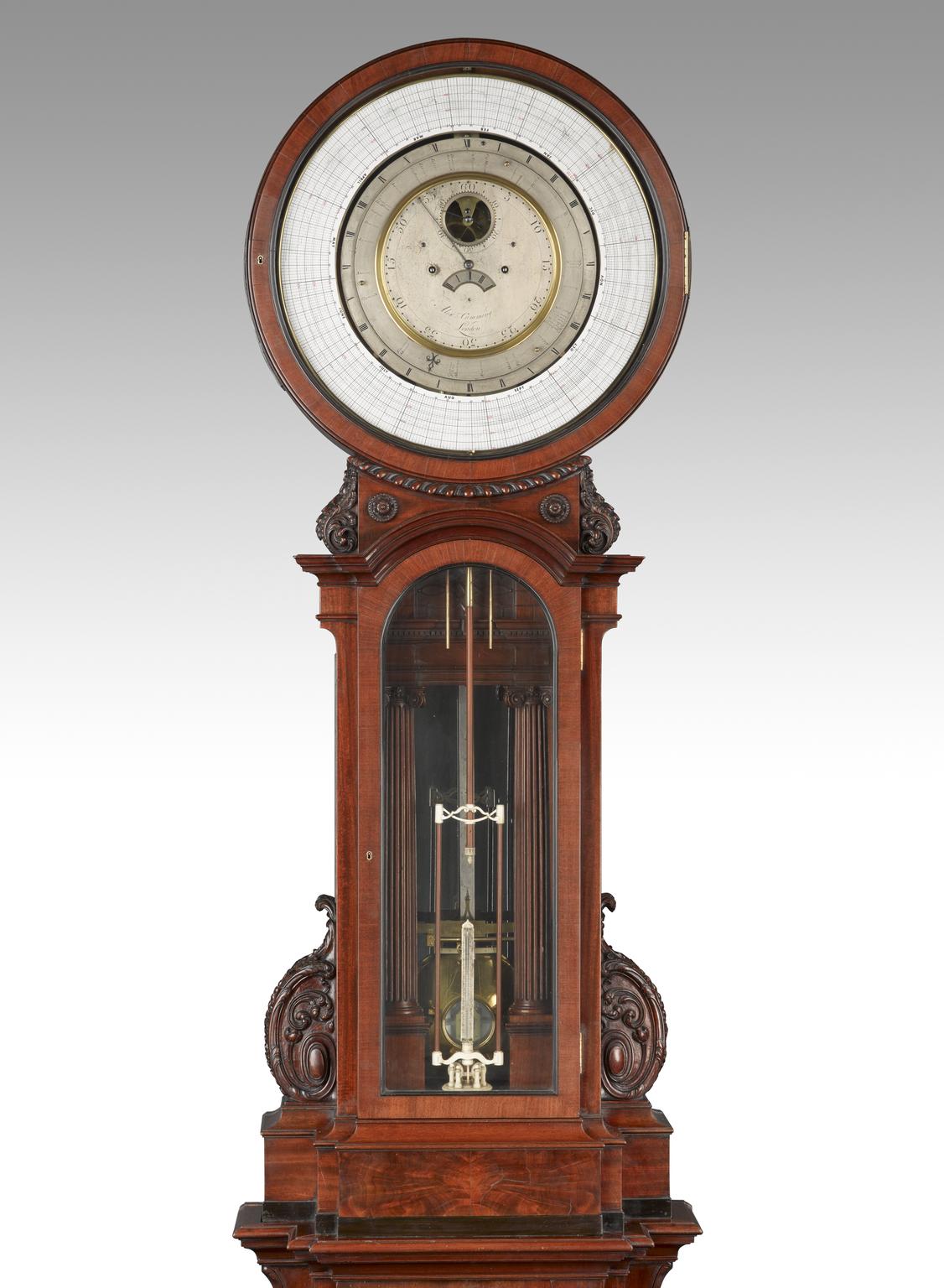Have you ever wondered when our impact on climate was first recorded?
250 years ago today, on 28 November 1772, Luke Howard was born in London. He trained as a pharmacist, but his real passion was studying the weather. He spent his life meticulously recording it and in the 1830s he became the first person to document the impact of human activity on the local climate of cities.
Until the 1800s, there was no consistent way of describing and categorising clouds. Ever-changing forms, they were described in poetic terms rather than scientifically classified into different types.
All this changed in 1802 when Howard proposed a classification of clouds. In his Essay on the Modification of Clouds (published in 1803), Howard distinguished three main cloud “modifications”, or structures, to which he gave Latin names:
- The cirrus, for “curl of hair”
- The cumulus meaning “heap”
- And the stratus, for “layer”
To these three categories, he also added four further structures: the cirro-cumulus, the cirro-stratus, the cumulo-stratus, and the cumulo-cirro-stratus, also called the nimbus (or the raincloud).
With Latin still widely used in international scholarly circles, Howard’s cloud names became widespread, and he quickly became famous.
He even earned the admiration of the great poet Johann Wolfgang von Goethe who dedicated a poem to his classification.

Howard illustrated these different types of clouds in his atmospheric watercolour sketches of skies which he painted while travelling between London and the Lake District.
These Romantic sketches of cloud formations sweeping across open skies have been linked to John Constable’s series of cloud studies of the early 1820s.

After publishing his landmark paper, Howard continued to observe and record the weather, collecting data on temperature, pressure, wind and rainfall (or snow fall) between 1806 and 1830.
In 1833, he drew on this information and published The Climate of London, in which he showed London was warmer than its neighbouring countryside due to what is now known as the urban heat island effect.
This became the first record of human activity influencing climate.

Howard explained that this temperature difference was partly due to the density of humans and animals, but he argued that it was mainly caused by the heat production in cities with ‘heated air […] continually pour[ing] into the common mass from the chimnies;’ and ‘the heat diffused in all directions, from founderies, breweries, steam engines, and other manufacturing and culinary fires’.
Even in the 1830s Howard commented on the sheer amount of heat generated by a city like London: ‘The real matter of surprise, when we contemplate so many sources of heat in a city is, that the effect on the Thermometer is not more considerable.’
Howard advocated for others to gather data about the weather and carefully described the tools he had used to take his measurements.


For example, Howard designed a rain-gauge which consisted of a funnel, a bottle and a measure, and which was made by scientific instrument makers Richard and George Knight who were based near St Paul’s Cathedral.
He also owned an eighteenth-century barograph, a barometer that graphically records atmospheric pressure over time.
As he explained: ‘This curious instrument records […] the movements of the Barometer throughout the year; requiring for this purpose little more attention than the regular winding up of the Clock.’

Thanks to these instruments and his precise observations and records of the weather, Howard made long-lasting contributions to meteorology.
Today we still use his classification of clouds and the human impact on the climate presents one of our most important and urgent challenges.
Discover more climate stories in the Our Environment online series, and watch the video below to see some of Howard’s beautiful drawings in our store.